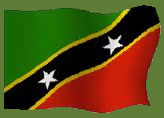
 |
|---|
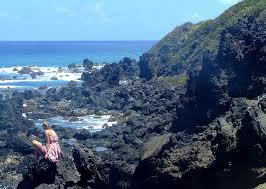 |
Black RocksBlack Rocks is located in Belle View on the north coast of St.Kitts. It was created after a volcanic eruption pushed rock into the sea.It's a spot of breathtaking beauty set among the sugarcane plantations (although those are disappearing on the island). It's often possible to negotiate a day tour out of Basseterre that includes several sites. |
 |
Indepence SquareThis square was a place of relaxation in the 1730's.It became a market place where enslaved Africans sold their wares on Sundays. Surroundings buildings held warehouses where slaves were sold. In 1792 a courthouse was built and the square became the center of administration. In 1983 when St.Kitts became idependent it was renamed Independence Square from Pall Mall Square. |
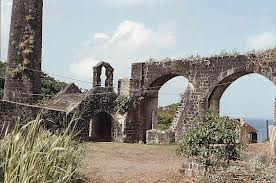 |
Wingfield RiverWhen the English arrived in the 17th century they were allowed to settle between the two rivers (Wingfield and East Rivers) at Old Road, the Caribs were concentrated in the area around Wingfield River. Wingfield was developed into a major sugar plantation and one of the very few on the island to use water to power its factory works. The aqueduct is a unique architectural feature on the island and found only at Wingfield Estate Yard. The nearby river and its forested watershed has always been a major resource for the area. Like all plantations on St. Kitts, Wingfield provided for its own fresh water needs. Since the 19th Century it has formed part of the public water supply system serving the population on the leeward side of the island. |
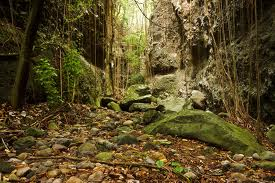 |
Bloody PointBloody point is a located in the Trinity Parish of St.Kitts. This river is where the 1626, English and French settlers killed most of the Carib population. |
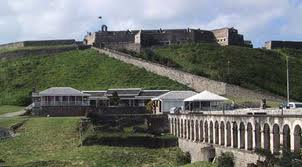 |
Brimestone Hill FortressBrimstone Hill Fortress National Park is an example of 17th- and 18th-century military architecture in a Caribbean context. It was designed by the British and built by African slave labour, the fortress is testimony to European colonial expansion, the African slave trade and the emergence of new societies in the Caribbean. |